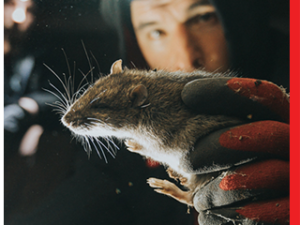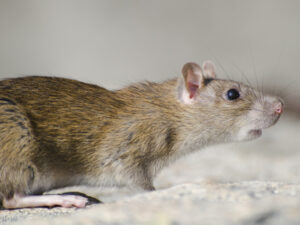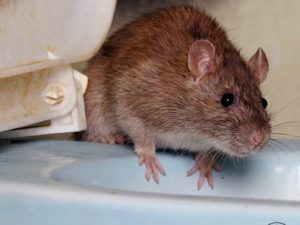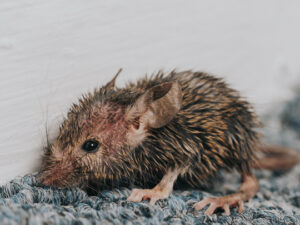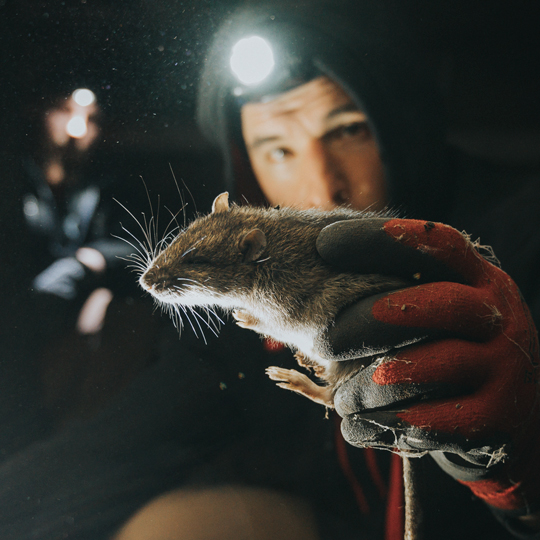
We all know these rats, with their infestations and diseases. We’ve lived with them for millennia and no matter how hard we try, we can’t seem to get rid of them. They followed us across oceans, on every continent we settled, and they’ve been able to adapt to and exploit every environment that they occupy. However, it is one thing when you have rat infestation in your home, but what happens when rats infest an entire city, especially a city the size of New York?
In general, cities have a hard time dealing with rat infestations due to a variety of reasons including suboptimal policies and programs. At best, these policies are somewhat effective, but they are fragmented and not working in unison. At worst, there are no policies in place at all. You will generally have authorities such as the municipal government taking care of rat infestations on public properties and buildings scheduled for demolition, and health authorities may handle rats that infest food establishments, but for the most part, the local government is fairly hands off.
There is also the problem of a lack of knowledge. City officials have very little information regarding urban rats, and you will often have initiatives such as New York’s “war on rats” which cost the taxpayers $32 million. That’s not necessarily a bad thing, but when you go into a pest control situation blind, you have no metric to calculate your return on investment and the effectiveness of your methods.
One way to look at the issue is to conceptualize the city as an ecosystem that has several species in it, including humans and rats. This does not mean that we have to live in harmony with them, but rather it shifts our understanding from a pest control issue to an ecosystem management issue. In order to manage a system, strategic planning and leadership are critical, while in a pest control situation, the environment is limited and the methods used are much more direct since there are not as many unknown variables.
When looking at a city as an ecosystem, officials can use the expertise of wildlife researchers to collect data on rat populations, gain insights and intervene in ways that have a much stronger impact. This conceptualization also takes into account that rats are not a major threat in most urban centers, but they do have a negative impact perceptually. As such, perhaps it would make the most sense to work on the way rats interface with humans.
For example, rats will have the biggest negative impact on private residences, which are mostly ignored by current pest control efforts. Rats also disproportionately affect impoverished neighborhoods, so a good strategy would be to identify these highly vulnerable locations and implement policies that will reduce the impact that rats have in these areas. This does not mean that other areas of the city are ignored, just that the allocation of resources matches the severity of the impact that rats have on an area.
In this context, where the extermination of rat populations in urban areas is unrealistic, we can reduce the impact that rats have on the human population without reducing their numbers at all. It might be a more cost and effort-effective methodology than previous efforts.

